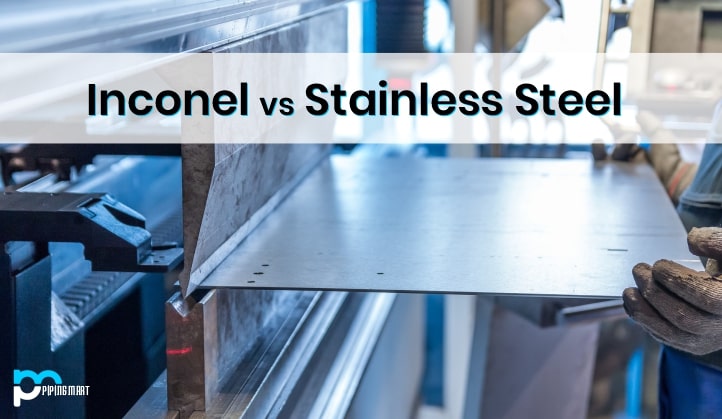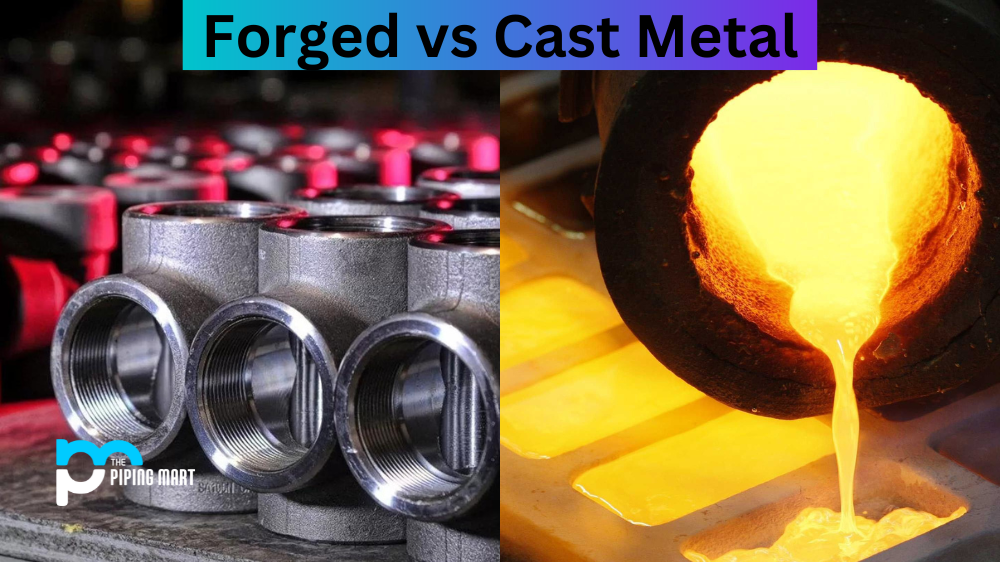Nickel electroplating is a process in which a thin layer of nickel metal is applied to the surface of another material. This process improves the part’s resistance to corrosion and wears while adding an attractive metallic finish. It is widely used in the automotive, aerospace, and electronics industries. Let’s take a closer look at how this process works.
The Basics of Nickel Electroplating
Nickel electroplating involves immersing the part in an electrolytic solution containing nickel salts and other chemicals. An electric current is then passed through the solution, causing positively charged particles (ions) of nickel metal to be deposited onto the part’s surface. This process continues until a thickness that meets product specifications has been achieved.
Nickel Plating Process Steps
- Prepare the surface. The surface must be clean and free of any contaminants before plating can begin.
- Apply the nickel solution. The nickel solution is applied to the surface using a brush or sprayer.
- Apply the electrical current. An electrical current is passed through the nickel solution, which causes the nickel to deposit onto the surface.
- Remove the excess nickel solution. Excess nickel solution is removed from the surface using a cloth or sponge.
- Rinse and dry the surface. The surface is rinsed with water and then dried with a soft cloth
Benefits of Nickel Electroplating
Nickel electroplating offers many advantages over other plating processes, such as increased corrosion resistance, improved hardness, and enhanced electrical conductivity. Additionally, it improves the aesthetic appearance of components due to its attractive metallic finish. Lastly, it can be used on parts with complex shapes and sizes thanks to its ability to conform easily to different surfaces.
Increased Durability
One of the primary benefits of nickel electroplating is that it increases the durability of the item being plated. Nickel is a hard metal that is resistant to corrosion, so items that are plated with nickel will be better protected against wear and tear. Additionally, nickel electroplating can help to increase the lifespan of an item by protecting it from rust and other forms of corrosion.
Improved Aesthetics
Nickel electroplating can also improve the aesthetics of an item. Nickel has a bright, shiny finish that can make items look new and polished. Additionally, nickel electroplating can help to fill in small scratches and imperfections, which can make an item look like new again.
Enhanced Electrical Conductivity
Another benefit of nickel electroplating is that it enhances electrical conductivity. This is because nickel is an excellent conductor of electricity. As a result, items that are plated with nickel will be better able to conduct electricity, which can be beneficial for a variety of applications.
Improved Chemical Resistance
Nickel electroplating can also improve chemical resistance. This is because nickel is resistant to many corrosive chemicals, so items that are plated with nickel will be better protected against damage from these chemicals. Additionally, nickel electroplating can help to prevent chemical reactions from occurring between different metals, which can be beneficial for preventing corrosion.
Reduced Friction
Finally, nickel electroplating can help to reduce friction. This is because the smooth surface of nickel helps to reduce friction between two surfaces. As a result, items that are plated with nickel will experience less wear and tear over time
Limitations of Nickel Electroplating
Although nickel electroplating has numerous benefits, some limitations are also associated with this process. For example, it often requires multiple steps to achieve desired results—such as pre-treatment steps like pickling or degreasing—and can be difficult or expensive for small-scale operations due to costly equipment needs. Also, nickel-plated parts can be more susceptible to certain types of corrosion if exposed for extended periods without protection from an organic coating like paint or varnish.
Conclusion:
Nickel electroplating has been around for centuries and is still widely used in various industries due to its numerous benefits over other plating processes, such as improved hardness, increased corrosion resistance, enhanced electrical conductivity, and attractive finish. Despite some limitations associated with it—such as costly equipment needs for small-scale operations—nickel electroplating remains one of the most popular methods for protecting components from wear and tear while improving their aesthetic appeal simultaneously. If you are considering using this process for your business’s products or parts, ensure you understand these limitations before investing in this technology to get optimal results every time!
Rachana is a dedicated and ambitious young woman who has made a name for herself in the metal industry. From her earliest days in the industry, Rachana showed a natural talent for problem-solving and a keen eye for detail. In her free time, She enjoys reading up on the latest advancements in the industry, as well as exploring new ways to innovate and improve upon existing processes.




